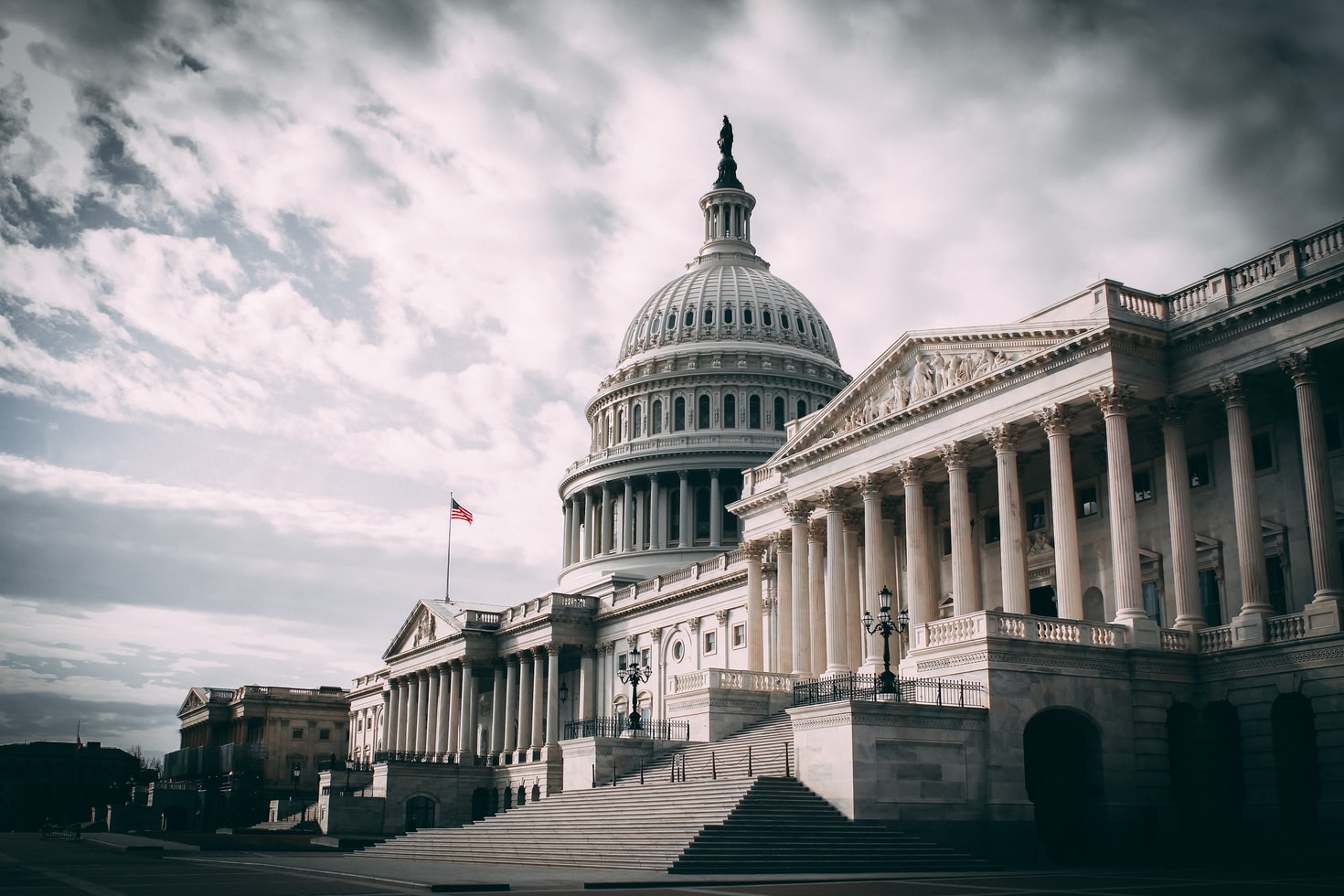Jump Ahead To:
If you had to guess the top three areas that new DC residents are moving FROM, what would you say? New York? Chicago? Atlanta? Silicon Valley? Tallahassee? If so, you’d be wrong. Most people who are new to D.C. move in from…. Just outside DC. Prince George’s County, Maryland, Montgomery County, Maryland, and Arlington County, Virginia.
Sorry for the trick question, but OTHER THAN the areas immediately outside D.C., new Washingtonians tend to come from:
Naturally, the three largest cities in the U.S. are going to be a source of new residents to many other areas, and Boston and Baltimore are longstanding hubs of the East Coast, so if we dig a little deeper, we find some surprising places like San Diego, Miami, Nashville, Austin, and Houston.
Beyond the Obvious: Where do new Washingtonians really come from?
Obviously the seat of our country’s government is going to attract many new residents, whether they move there to work on behalf of their state’s constituents or not, but how about where people are moving after living in DC? No trick questions this time – other than the immediate area around D.C., they tend to be moving to New York, L.A., Chicago, Baltimore, and sunny San Diego. The next tier includes Seattle, San Francisco, Philadelphia, Pittsburgh, Boston, Atlanta, and the Palm Beach/Ft. Lauderdale area.
Movement Between Large Cities
So what does this tell us? For starters, the large metro areas tend to swap residents and attract mobile people between each other. This makes complete sense, considering people who are moving away from home for the first time after college, taking a big new step in their careers, or just looking for a new adventure would choose places that have abundant employment opportunities, cultural attractions, and similarly-minded young professionals.
What is surprising, however, is that you have to go pretty far down the list of cities to find ones in the South – Atlanta and Palm Beach. According to the U.S. Census Bureau, nine of the 15 fastest growing cities (by percentage) in America are in the South, and of those nine, an astonishing 6 – SIX – are in Texas. The others – Santa Cruz, CA (San Francisco area), Westfield, IN (Indianapolis), Queen Creek, AZ (Phoenix), North Port, FL (between Tampa and Fort Meyers), Cape Coral, FL (Ft. Meyers), Port St. Lucie, FL (north of Palm Beach), Maricopa, AZ (also Phoenix), Lehi, UT (south of Salt Lake City), and Medford, MA (Boston) – also shows a mass migration to warm, sunny areas. While these areas may have more to offer than just their climate, this trend is likely to be heavily influenced by a large number of retirees packing up and moving to the Sun Belt.
Destinations that AREN’T Texas
When it comes to raw numbers (instead of percentages) of new residents, Seattle and Charlotte, NC are the only cities in the top five outside of Texas. Once you dig deeper into the data, you notice some of the emigration from DC is spread across a few counties that neighbor one another.
Carolina On My Mind (Moving to North Carolina)
For example, Durham, Orange, and Wake Counties in North Carolina are not individually in the top 35 counties attracting former DC residents. However, taken together, they welcomed 595 new residents from DC. That total would put them between San Francisco County and Philadelphia County. Perhaps that’s because those three counties make up “the Triangle,” home to Duke University in Durham , The University of North Carolina at Chapel Hill, and North Carolina State University in Raleigh. With three research universities within 45 minutes of one another, it is an ideal place for people interested in going back to school for graduate programs. In the middle of this triangle is Research Triangle Park (RTP), which houses the headquarters or prominent second locations for many tech giants like IBM and Lenovo, and prominent pharmaceutical and biotech companies like BASF and Biogen. Having so many companies in RTP has led to a spillover effect, where companies like RedHat, Cisco, GSK, Pfizer, and even Epic Games have decided to establish offices or headquarters there so they can take advantage of the well-educated workforce.
Smaller metro areas like the Triangle also attract new residents in part because real estate prices and the cost of living are much lower than in larger cities. A young professional making $65,000 will have a cost of living 31% lower in Raleigh than in D.C., and housing is a whopping 61% lower. For anyone looking to make their dollar go further, especially if they want to buy a house or start a family, mid-size cities are an attractive option, especially if they can find a new job or work remotely.
Cost of Living and Remote Work
Speaking of working remotely, in the post-pandemic reality of corporate culture, many workers find themselves able to work from anywhere with a stable internet connection. This appeals to people who want a lower cost of living, a quiet space far from the city, or a place where they can slake their thirst for adventure. Many cities like Denver, Salt Lake City, or Boise, ID offer the convenience and cultural appeal of a metro area but are close to year-round outdoor recreation activities like biking, skiing, mountain climbing, and hiking. Areas that were formerly considered to be resort towns, like Lake Tahoe, have been inundated with new residents free from the shackles of their desks. After all, when given the choice of getting off work and facing either an hour-long commute in traffic or an hour of hiking in the sunshine, who wouldn’t choose the hike? Migration to these areas is difficult to find in data because it is spread out among so many different metros, small towns, and rural areas from sea to shining sea instead of grouped among the usual metropolitan suspects of corporate career advancement.
Another important factor in determining where people come from and where they go – with respect to their state or district of residence – is whether or not they actually live there. Sales of recreational vehicles and adventure rigs like sprinter vans exploded in the months after COVID lockdowns began, as people sought to stretch their legs beyond the shut down cities. While living in trendy, cosmopolitan areas is an attractive proposition when you can take advantage of restaurants, bars, concerts, museums, and other cultural offerings, once pandemic concerns shut those things down, the call of the open road and the lure of calling a national park home for a week or two becomes tough to resist.
Once those lockdowns were lifted, but before people are forced back into the office, many took the opportunity to travel by plane, as well. If a remote employee can find Wi-Fi in London, La Paz, or Jakarta, there’s nothing to stop them from checking off bucket list destinations while logging on for Zoom meetings.
So if a citizen of Washington, D.C. becomes a road warrior or a citizen of the world, living out of an RV or a suitcase, they won’t show up as having migrated anywhere, but they still aren’t exactly D.C. residents, either.
So what does this mean for people looking to move away from Washington DC?
While many employers are attempting to get workers back into offices at least a few days a week, there’s no doubt that the work-from-home (or even work-from-anywhere) mindset is here to stay. Despite the minor exodus of residents, cities like Washington, D.C. remain attractive destinations for people looking for a vibrant lifestyle, cultural opportunities, and top-notch dining. If you’re thinking about relocating to D.C., your housing search will be slightly less competitive than in years past.
If you find your perfect new home, let us know if we can help move you in! We have local movers in Washington, DC, and offer long-distance moving services in Washington, DC as well.
- Most Walkable Neighborhoods in Richmond - May 21, 2024
- Best Schools in Omaha, Nebraska: A Comprehensive Guide - May 9, 2024
- The Best Schools in Tucson, Arizona - April 5, 2024



